Are you wondering what the deal with factory window tint is? Do you want to darken your car windows for an aesthetic boost and protection against UV rays? Whether you are an automotive buff like I am or you have recently acquired a taste for tinted windows, read on—I will help you understand everything you need to know about factory window percentages.
Understanding car window tint percentages
You may have noticed that different cars have varying window shades—some appear darker while others don’t seem to have any shade at all.
Interestingly, these varying window shades can be presented in percentages. Essentially, the tint percentage represents the amount of visible light that can pass through the window. So, a tinted window that transmits 5% of visible light would be comparatively darker than one that lets in 80% of visible light.
Is tint darkness the same as visible light transmission percentage?
Visible light transmission (VLT) and darkness are important terms in the tinting game. While they are closely related, they are not wholly the same.
Fundamentally, darker tinted windows let in less light into the car. The tint on such a car would have a lower visual light transmission value. In the same vein, lighter film will have a higher VLT percentage.
Overall, VLT is the amount of light that can penetrate the window tint. On the other hand, darkness is the amount of tint.
These days, automakers install darker windows on the rearmost half of the car. In particular, the backside windows and rear window of most cars come with a slight tint and are aptly known as privacy glass or factory tinted windows.
How to measure car window tint percentage
Are you curious about the tint percentage on your car windows? If you are looking to add a window film on your ride, it helps to know the amount of original tint on the windows. This way, you will install a sufficiently dark film and that is within the requirements of local regulations.
Ideally, you should have a professional install glass tint. Experienced installers can usually approximate the amount of original tint just by looking at your windows. That being said, others use a tint meter device to measure the precise amount of visible light transmission of a car’s windows.
Factory tint vs aftermarket tint
What is factory tint? As the name implies, it is original pigmentation on a car’s windows installed during the manufacturing process. It is mostly applied to the rear window but more and more cars now have darker side windows.
This type of tint helps more with privacy than it does with shielding the interior of the car from ultraviolet (UV) rays. Although the exact amount varies, most automakers apply very little tint on car windows.
Generally, the factory window tint percentage ranges between 15% and 20 % on most cars. This means that the windows (usually the rare window) lets in just about the 15-20 % of visible light and deflect 85-85%.
When it comes to the side windows, you will notice that the original tint is much lighter, something in the range of 70-80%. As such, these windows let in more light and heat too.
To increase the darkness of your ride’s windows, you can apply aftermarket film on top of the original tint. This is where measuring your car’s factory window tint percentage becomes important. You want to be sure that the additional darkness on your car windows does not violate state or local traffic rules.
Difference between factory window tint and aftermarket tint
Are you envying another car’s sleek and darkly tinted look? The good news is that you can boost the aesthetic appeal of your own car by applying aftermarket film onto the windows.
First, let’s quickly understand the difference between factory and aftermarket tint. For starters, factory tint is inbuilt—the shade is inside the window. As such, you cannot remove it or even make it lighter.
On the other hand, aftermarket tint is artificial and is essentially a removable film applied on the car window. You can use it to give your car a shade that is darker than the original shade.
Like factory tint, artificial window film has its own variations of darkness. Before applying the film, it is imperative to find out the percentage of original tint on your windows, to comply with local window tinting automobile laws.
If you decide to make your car windows darker, here are a few things to consider:
- Involve a professional: Aftermarket tint and factory tint react differently to light. A qualified tinting professional will calculate the amount of film to apply, depending on the percentage of original shade already on the windows. This way, you’ll enjoy the real benefits of artificial window tint.
- Factor in local laws: While super dark car windows might look cool, they could land you in problems with traffic police. Find out the window tint percentage allowed in your area before applying the film.
In addition to knowing your car’s factory window tint percentage, it is possible to figure out the tint percentage once you add aftermarket film. Simply multiply the VLT value of the film and the VLT of the original glass. So, for example, if the VLT of the film is 6% and the factory VLT is 70%, the final tint percentage after installing the film would be 4.2% (6×70)/100.
Conclusion
If you are looking to darken your car windows with aftermarket film, knowing the factory window tint percentage can be helpful.
In this case, your best bet is to have a professional tint installer measure the tint amount; they’ll also be in a position to advise you on how dark to go to meet your specific needs. If you would rather DIY, a tint meter will come in handy.
Additionally, be sure to consider local laws on automobile car tinting. You definitely do not want to go all out and darken your car windows only to be asked to remove the film because it is too dark.
Happy window tinting! Don’t forget to leave your comments and questions below. We’d love to hear from you.

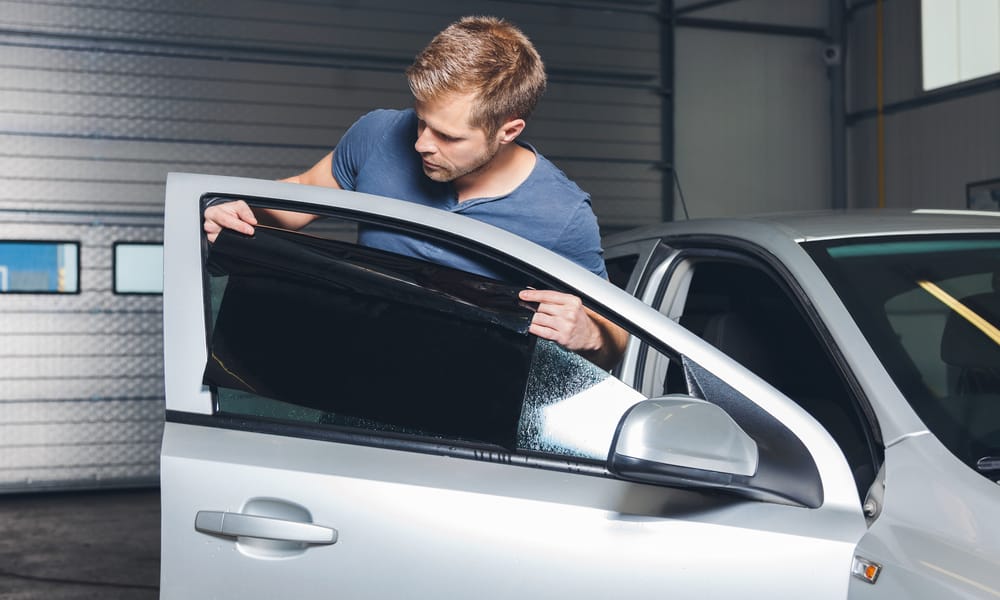
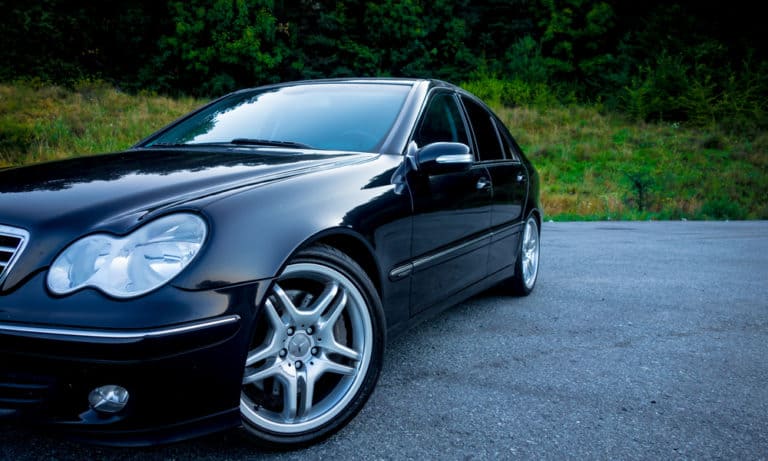
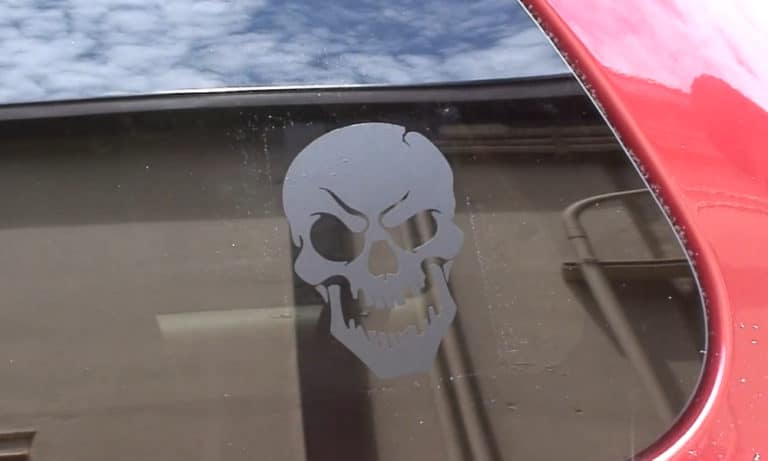
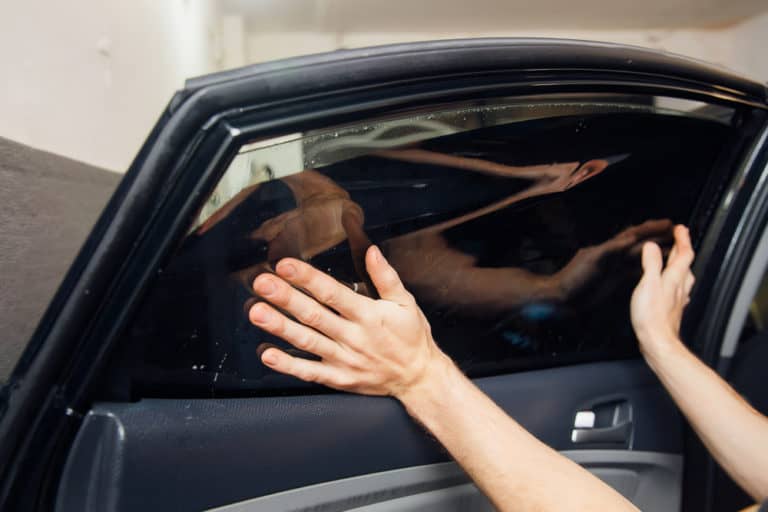
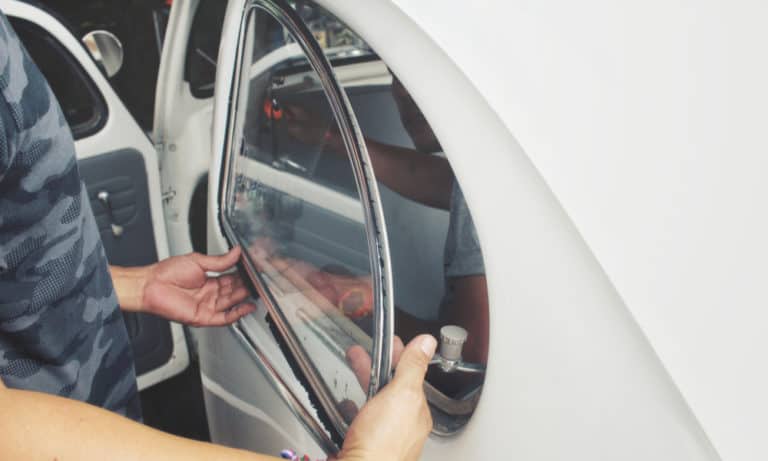
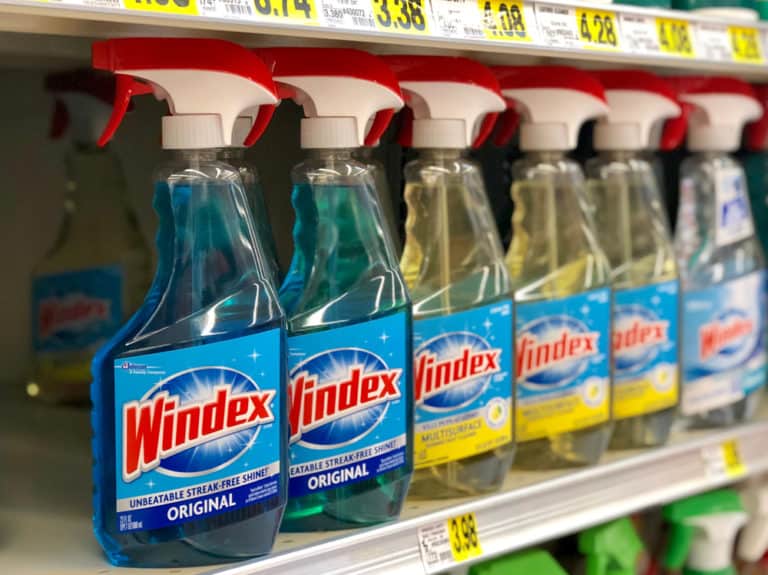
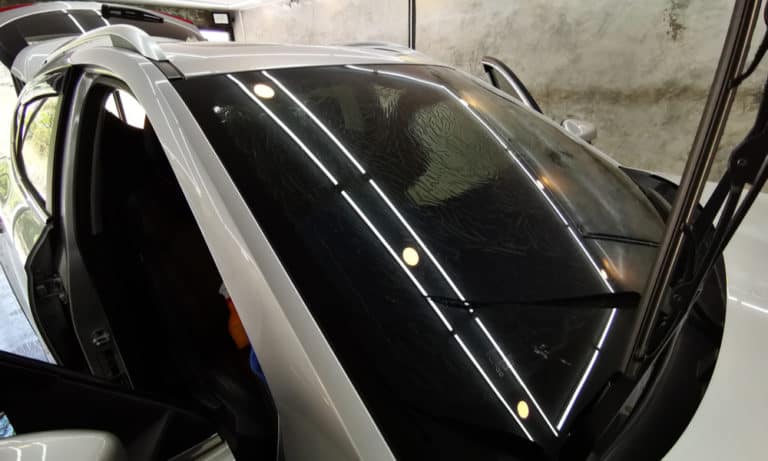
You got the text backwards, and also said “deflect” when you should say “absorbs.”:
You wrote about factory tint: “lets in just about the 15-20 % of visible light and deflect 85-85%.”
Of course, it’s the other way around: factory tint lets in just about 80-85% of the visible light and absorbs 15-20%.
I think that he was right, because 5% tint is very, very dark.
My question was WHICH WINDOWS ON MY 2022 Corolla Hatchback HAVE BUILT INTO THE WINDOW OEM TINTNING LEAVING WHICH REMAINING WINDOWS CANDIDATES FOR AFTERMARKET TINTNING?